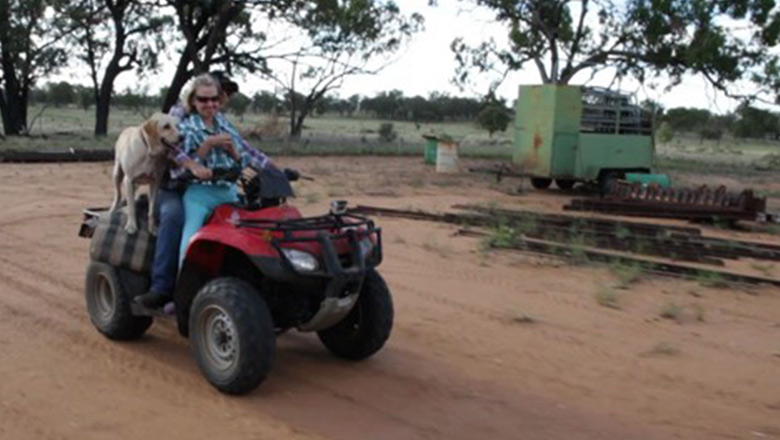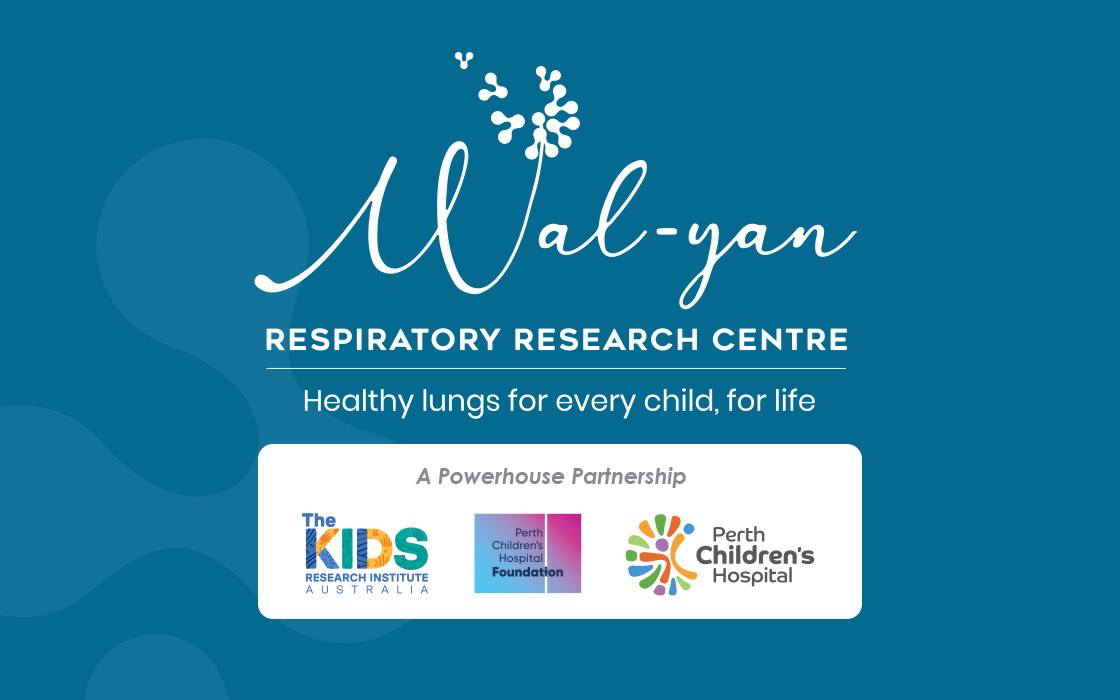Search
Showing results for "8"

Get your workplace and colleagues involved


News & Events
The Silent AngelTaylor is a remarkable young woman with Rett Syndrome who is leading an active country life with the support of her family and the local community.
Research
Putting a price on nurturing careAt the halfway mark for implementation of the Sustainable Development Agenda, progress towards achieving targets centred on child health and development has decelerated, impeding the survival and potential of many children. The Lancet Series on optimising child and adolescent health and development called for renewed efforts to nurture the health and development of all children.
Research
Piperaquine Pharmacokinetic and Pharmacodynamic Profiles in Healthy Volunteers of Papua New Guinea after Administration of Three-Monthly Doses of Dihydroartemisinin-PiperaquineMass drug administration (MDA) with monthly dihydroartemisinin-piperaquine (DHA-PQP) appears useful in malaria control and elimination strategies. Determining the relationship between consecutive piperaquine phosphate (PQP) exposure and its impact on QT interval prolongation is a key safety consideration for MDA campaigns.
Research
Clonal expansion of new penicillin-resistant clade of neisseria meningitidis serogroup w clonal complex 11, AustraliaIn Western Australia, Neisseria meningitidis serogroup W clonal complex 11 became the predominant cause of invasive meningococcal disease in 2016

AREST CF has a detailed catalogue of our publications spanning back to 1996.
Research
Immediate and Longer Term Immunogenicity and Safety of a Single Dose of the Combined Haemophilus influenzae TypeHib-primed but MenC-naive toddlers (N = 433) were randomized to receive 1 dose of Hib-MenC-TT or separate Hib-TT and MenC-CRM197 vaccines.
Research
Enrichment increases hippocampal neurogenesis independent of blood monocyte-derived microglia presence following high-dose total body irradiationlatent neural precursor cells remain present in the neurogenic niche of the adult hippocampus up to 8 weeks following high-dose total body irradiation

This small group program helps children crack the code of emotions and friendships through an animated ‘secret agent’ theme.
